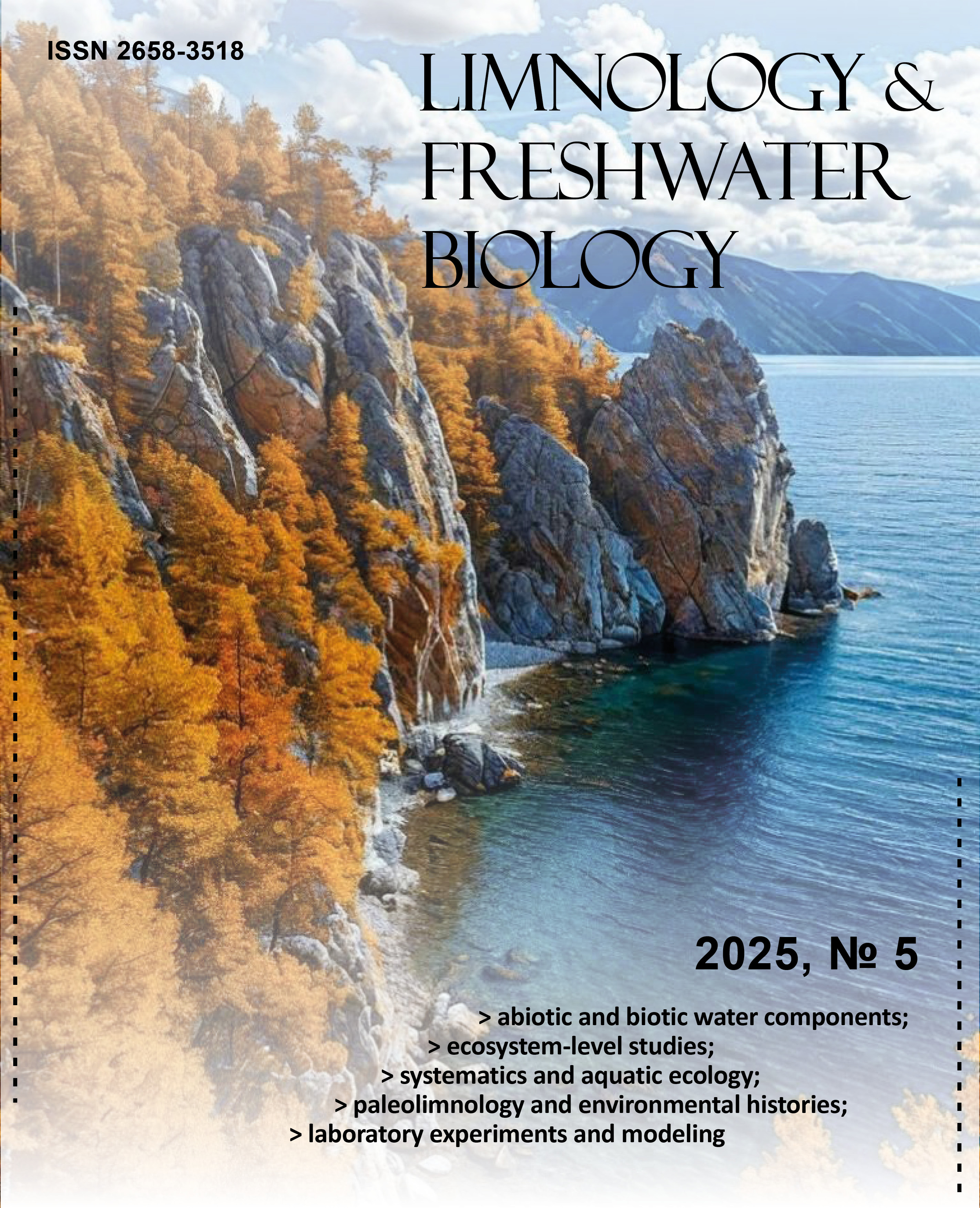Assessing the sustainability and management implications of Nile Tilapia, Oreochromis niloticus (Pisces: Cichlidae; Linnaeus 1758)
DOI:
https://doi.org/10.31951/2658-3518-2025-A-5-1102Keywords:
Oreochromis niloticus, Al Massira Dam Lake, stock status, sustainability, exploitationAbstract
The Nile tilapia (Oreochromis niloticus) was introduced into the Al Massira Dam Lake with the aim of developing profitable fisheries, as a commercially significant species for local populations. However, the stocks of this species have declined in this reservoir due to overfishing pressure, ecological variations, and the effect of other invasive fish species. An assessment of the population dynamics of this species is necessary to develop appropriate fisheries management. This research aimed to determine the state of Nile tilapia stock applying length-based data-limited methods. The von Bertalanffy growth model served to evaluate the sustainability of fisheries. The annual total mortality (Z) and natural mortality (M) rates were determined as respectively 1.79 year-1 and 0.67 year-1. The calculated fishing mortality rate (F = 1.12 year-1) exceeds of the maximum sustainable yield (Fmax = 1.06 year-1), representing the fishing mortality rate ensuring maximum production of equilibrium recruits. Additionally, the current exploitation rate is 0.63, above the reference level (E > 0.5), implying that the Nile tilapia stock in the Al Massira Dam Lake is subject to fishing pressure. Therefore, the stock is overexploited, exceeding optimal levels, and is currently in decline. The findings of this study provide valuable new information about the Oreochromis niloticus stock, enabling better management efforts. To ensure sustainable exploitation of this species, considered vulnerable in Al Massira Reservoir, it is imperative to reduce unregulated fishing and more effectively control overfishing practices.
Downloads
Published
Issue
Section
License
Copyright (c) 2025 Limnology and Freshwater Biology

This work is licensed under a Creative Commons Attribution-NonCommercial 4.0 International License.

This work is distributed under the Creative Commons Attribution-NonCommercial 4.0 International License.






